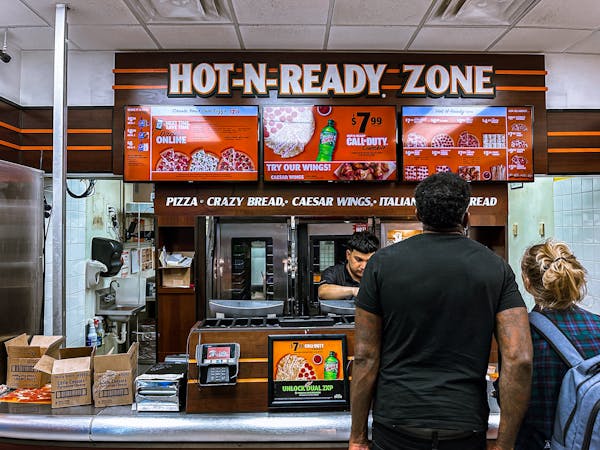How Digital Signage Supports Sustainability: Going Green in the Advertising World
Digital signage is a screen that displays any content for any purpose. It can be much more flexible than TVs, but it can also be more expensive.
Restaurants and retail stores use screens to display menus, specials, and new products. Corporate offices use them to make announcements, show company videos, and provide internal communication.
Digital Signage Definition
You’ve likely seen digital signage displays before, whether in a retail store for product information or a shopping mall to show promotional offers. You may also have watched them in GP surgeries or dental clinics as you waited in the waiting room for your appointment to be called.
In schools and universities, digital signs can be used to share student achievements on the screen, provide campus maps to students and visitors, or relay upcoming lectures and workshops. These digital screens can help to improve the overall student experience. Find out more at Metroclick now!

Businesses with lobbies can also use digital signage to share appointment schedules, service offerings or important announcements with their customers and visitors. This can be done by integrating with feeds from news sources, weather services and sports networks to keep the content fresh and engaging.
What is Digital Signage?
Digital Signage consists of hardware and software that deliver dynamic content in various formats including text, images, video, graphics, animations, and live feeds. It is an effective tool for brand promotion, information dissemination, wayfinding (directional guidance), customer engagement and entertainment.
Digital displays offer a more eye-catching experience than traditional signage and can be updated easily from the CMS. This makes it a popular solution for retail stores, restaurants, bars, gyms & spas, airports & railway stations, hotels, and even schools & colleges.
Educational institutions can utilize digital displays to showcase student achievements, events & news, and provide real-time wayfinding assistance across campuses. These can also be used to display important safety information like emergency alerts and fire evacuation maps. Digital signage can also act as an interactive kiosk in lobbies of offices or hospitals, displaying service schedules, appointment reminders, and relevant information. It can also collect shopper data for back-end analytics and insights. This is called context-aware digital signage.
Digital Signage Applications
Digital Signage can be used to display anything from video content, news feeds, weather & sports updates, text, digital menu boards, GIFs and images of people or places. These can be updated automatically by integrating with data from various sources, or manually by a content manager.
Digital signage is used in various industries and venues to provide wayfinding, branding & marketing. It can be found in hospitals, airports, railway stations & bus stops, museums and retail stores. Many businesses also use the technology to enhance internal communication, by publishing digital e-notices and displaying live RSS feeds.

Some solutions can also be integrated with sensors or cameras for interactive interfaces that monitor ambient environment and audience. These can then be used to trigger content changes based on the audience profile, or environmental factors like current weather conditions. These types of systems are often called context-aware displays or Smart Digital Signage.
Digital Signage Solutions
There are many options for businesses seeking a digital signage solution. The hardware and software requirements will depend on your display system, location, target audience, and messaging. Typical hardware includes digital displays, media players and mounting systems. Software solutions include a content management system (CMS) and device management.
Some digital signage vendors offer features like end-user interaction that allow you to control screens through voice, mobile apps, facial recognition and sensors. Other vendors like Viewneo and Yodeck have software that works on most operating systems, including Android, iOS, Windows, Chrome OS, and macOS. They also provide a range of pricing plans that account for usage and storage. Some providers also have hardware solutions that are specifically designed for digital signage, like Yodeck’s proprietary device.